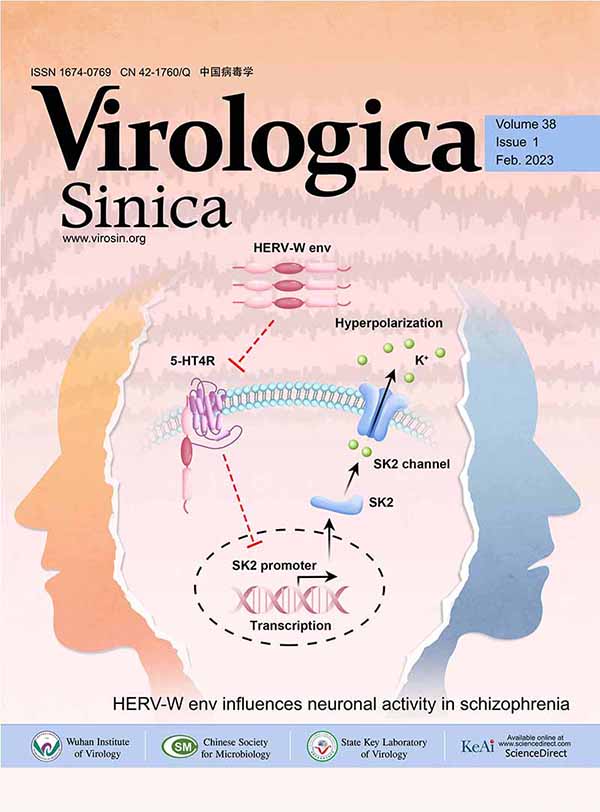Specific Cytotoxic T Lymphocytes Responses to Human Immunodeficiency Virus Type 1 Accessory Proteins
Abstract: The HIV-1 accessory proteins ( Nef, Vpu,Vpr and Vif ) are essential for viral replication, and may be processed for recognition by CTL. However, only limited data are available to evaluate the CTL responses against these proteins in naturally infected individuals. In this study, CTL responses against the accessory proteins of HIV-1 clade B(HIV-1B) and C (HIV-1C) were analyzed in 61 HIV-1 infected individuals and 10 HIV-1 negative controls by using 142 overlapping peptides according to the consensus sequence spanning the entire accessory proteins. Peptide-specific interferon-γ(IFN-γ) production was measured by Enzyme-Linked Immunospot (ELISPOT) assay. Either HIV-1B or HIV-1C accessory proteins serve as targets for HIV-1-specific CTL, especially the peptides in Nef region are targeted at higher cumulative magnitude and wider frequency than other accessory proteins(P0.001). The cumulative magnitude and the frequency of CTL responses between clade B and C are not significantly different (P0.05), including the immunodominant domains. The cumulative magnitude of HIV-1–specific CD8+T-cell responses to accessory proteins of HIV-1B or HIV-1C contribute nearly 21% of the total HIV-1–specific CTL response. These data indicate that, despite the sizes of these accessory proteins targeted by CTL in natural HIV-1 infection is very small, these proteins contribute considerably to the total HIV-1–specific CD8+ T-cell responses. These findings are relevant for the evaluation of the specificity and breadth of immune responses in naturally infected individuals, and will be useful for the design and testing of candidate HIV-1 vaccines.













 DownLoad:
DownLoad: